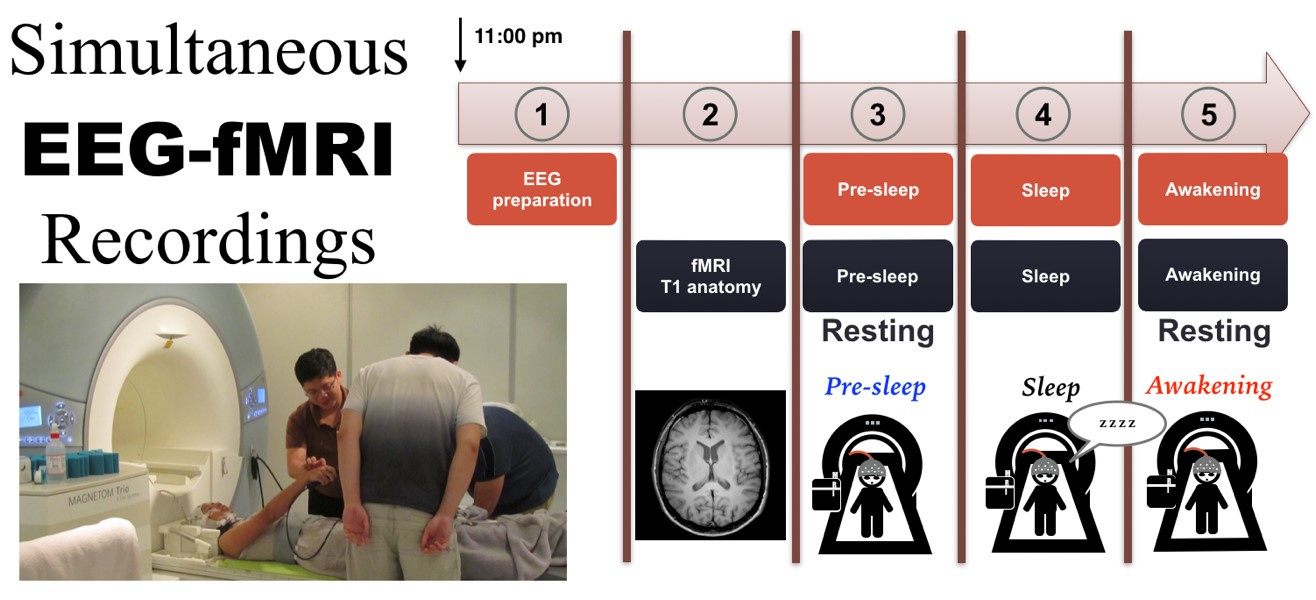Humor and Sense of Humor: Evidence from fMRI Studies

Author(s)
Chang-Wei WuBiography
Dr. Chang-wei W. Wu is an associate professor in the Graduate Institute of Mind, Brain and Consciousness, Taipei Medical University. Professor Wu specializes in sleep neuroimaging and emotion regulation, based on simultaneous recordings of electroencephalography (EEG) and functional magnetic resonance imaging (fMRI). Professor Wu’s worldwide collaborations cover multiple clinical fields such as sleep disorders, cerebrovascular diseases and mindfulness.
Academy/University/Organization
Taipei Medical University-
TAGS
-
Share this article
You are free to share this article under the Attribution 4.0 International license
- LIFE SCIENCES
- Text & Image
- June 21,2020
Sleep neurophysiology is utterly fascinating due to the inevitable alterations between conscious wakefulness and unconscious sleep. Although sleep medicine has a seventy-year history, there are still puzzles to be solved. Why are some people unable to fall asleep? Why do we feel dizzy as soon as we wake up in the morning and then gradually become rejuvenated after ten minutes? The current sleep neuroimaging technique may provide answers to the subjective perceptions of human sleep. Based on the latest understanding of brain functionality, we found that the human brain does not “shut off” and “turn on” as a whole as we expected, which provides plausible answers to the subjective-objective mismatches. Leveraging the sleep neuroimaging technique, young researchers are encouraged to have a glimpse of the sophisticated neuroscience stories of the mysterious consciousness alterations in the sleep-wake transitions.

“Sleep is a temporary death, death is a permanent sleep; every day is your birthday, because you are reborn.” This ancient Islamic proverb delineates the mysterious facet of human sleep: every person inevitably falls into the unconscious realm with tiredness every night and comes back to reality with a rejuvenated mind every morning. Why do we have to enter sleep with mysterious dreams each night? Over the past 70 years, neuroscientists have devoted themselves to studying sleep using state-of-the-art technologies such as gene expression, electrophysiology, polysomnography (PSG), and neuroimaging. Through a series of animal and human sleep investigations, we comprehend that the function of sleep is to restore the required molecular biology and to reserve cognitive capacity, constructing the field of sleep medicine.
Nevertheless, the curiosity about human sleep is still beyond full comprehension, with unanswered issues remaining such as the content of dreams, the origin of sleepwalking and the necessity of unconsciousness in sleep. We speculate that these difficult queries are related to subjective perceptions of that sleeping person, which are hard to reflect with objective measures. Fortunately, we found a way to leverage the novel technique of functional Magnetic Resonance Imaging (fMRI), which has the potential to map multiple brain networks with specific cognitive functions for humans. Since 2008, the fMRI technique disclosed that human brain networks stop communication in deep sleep, which partly explains the subjective perceptions in sleep. For example, the connectivity of the default-mode network (DMN) is diminished in deep sleep, which is associated with unconsciousness during sleep (the same phenomenon is observed in anesthesia, coma and vegetative states). Therefore, we conjecture that mapping the sleeping human brain will enable us to answer the mysterious questions about human sleep.


STAY CONNECTED. SUBSCRIBE TO OUR NEWSLETTER.
Add your information below to receive daily updates.




